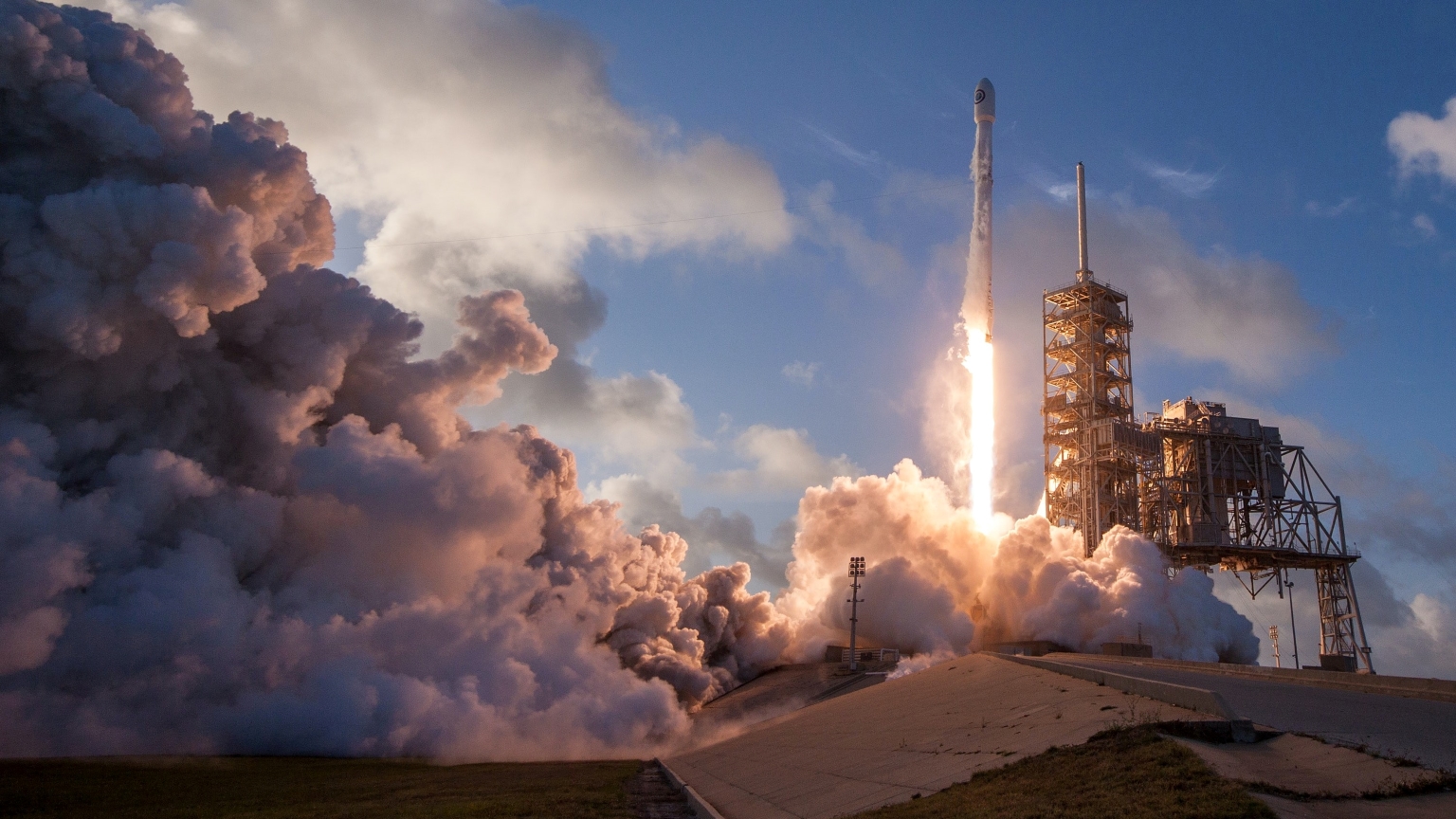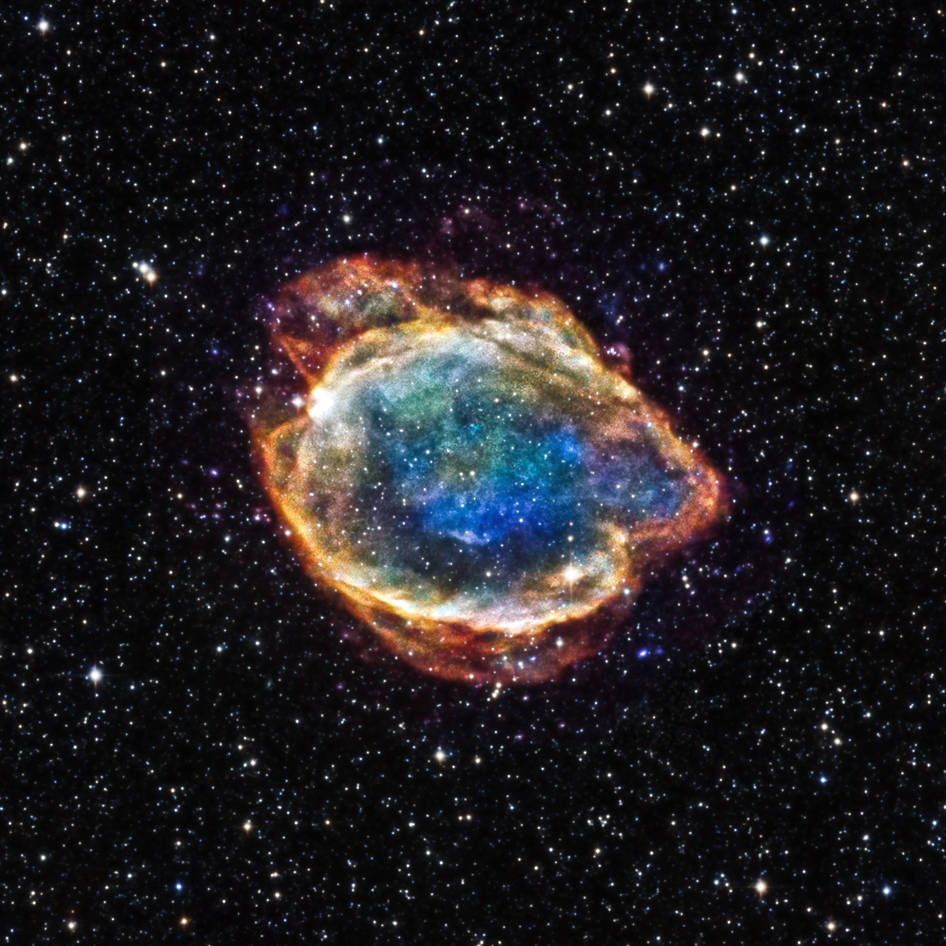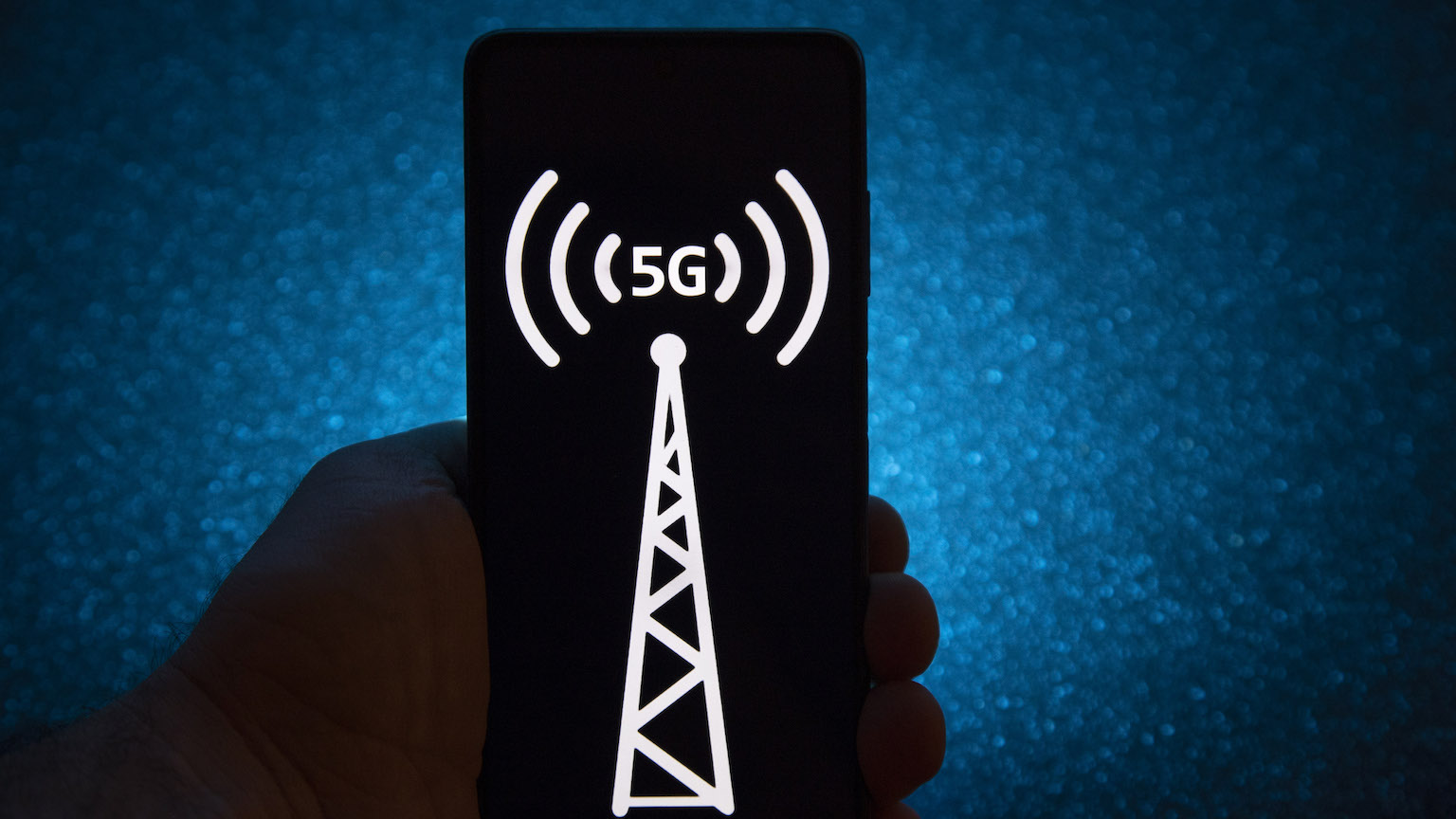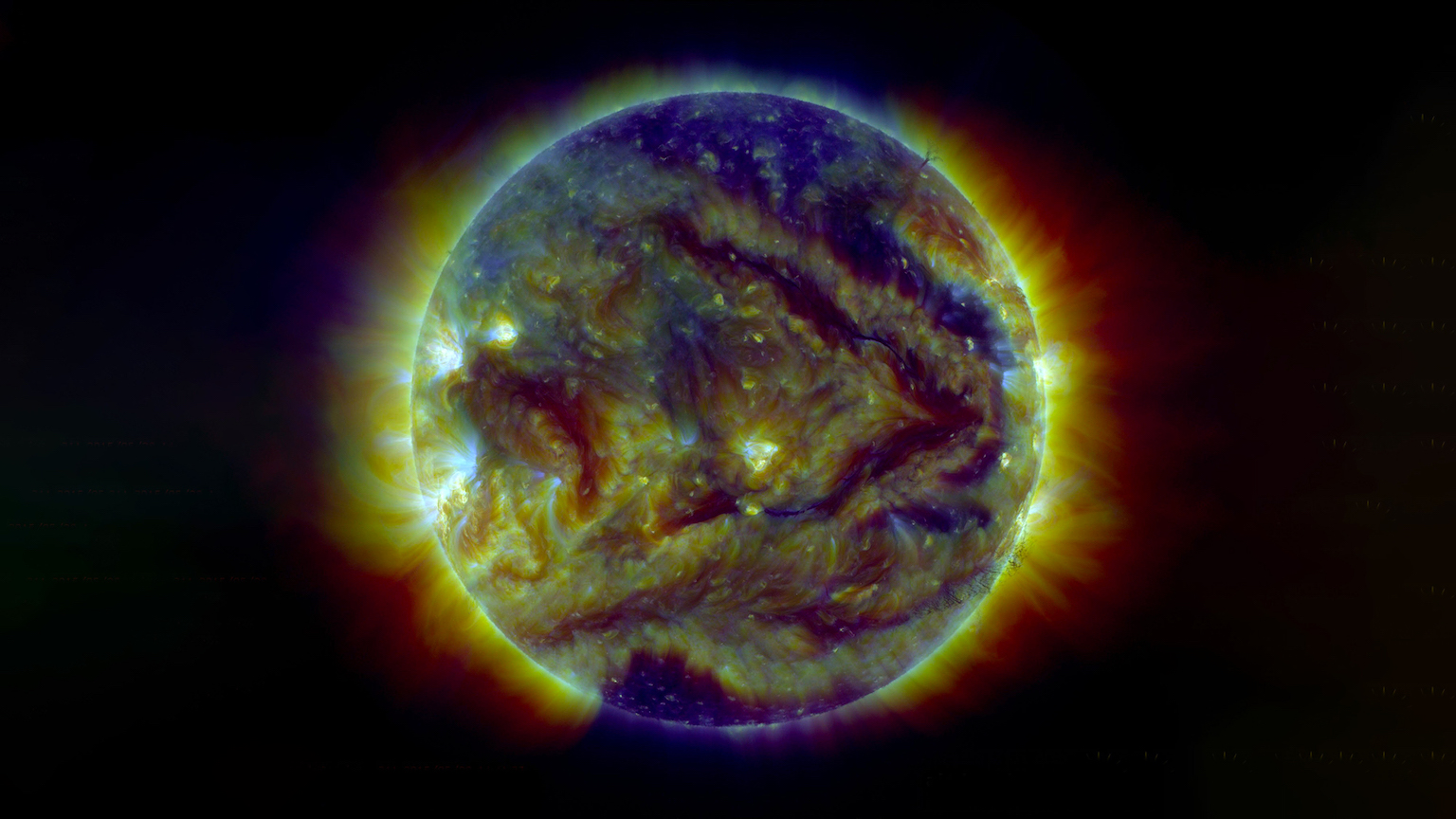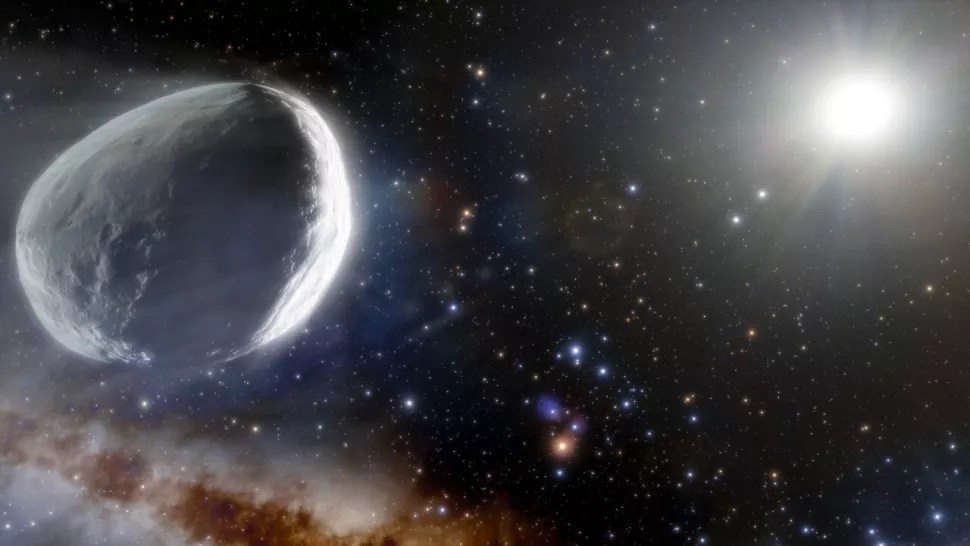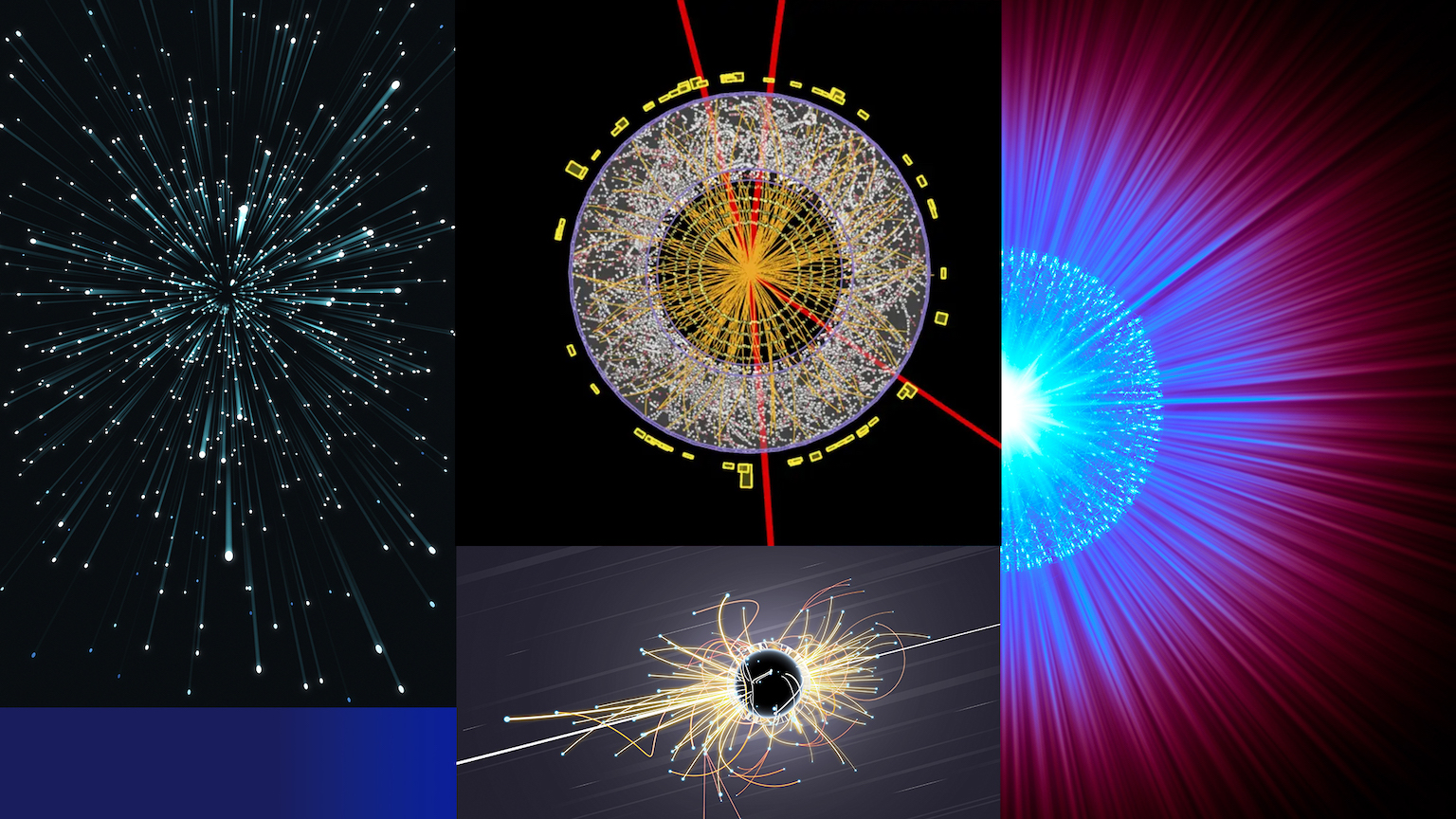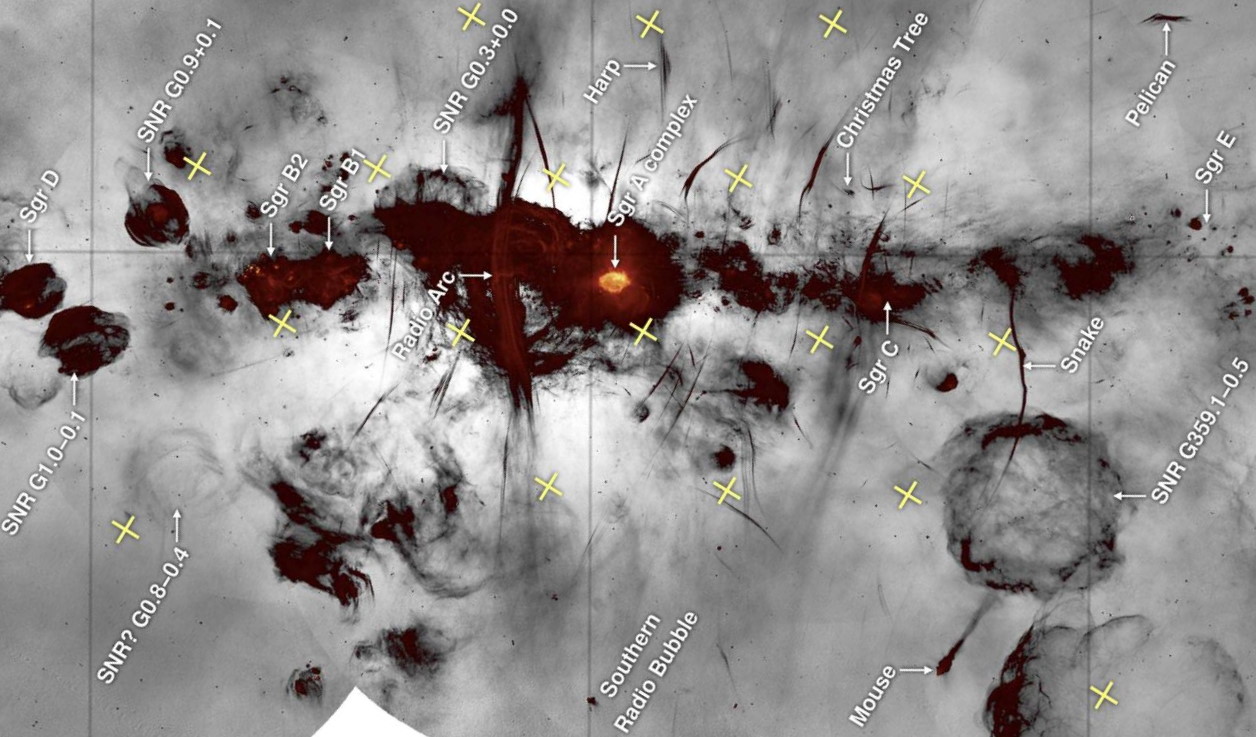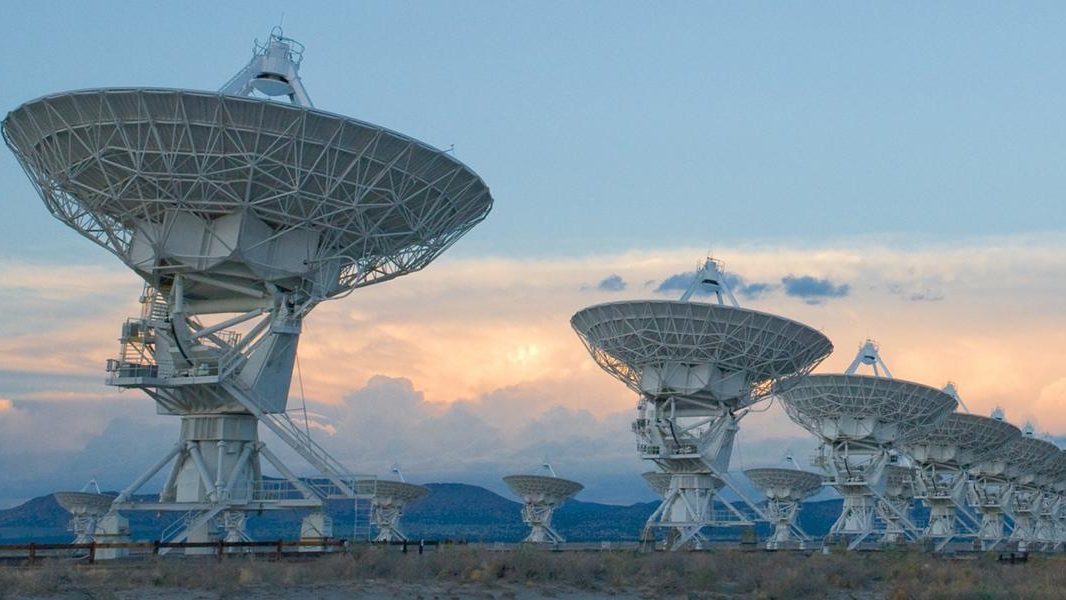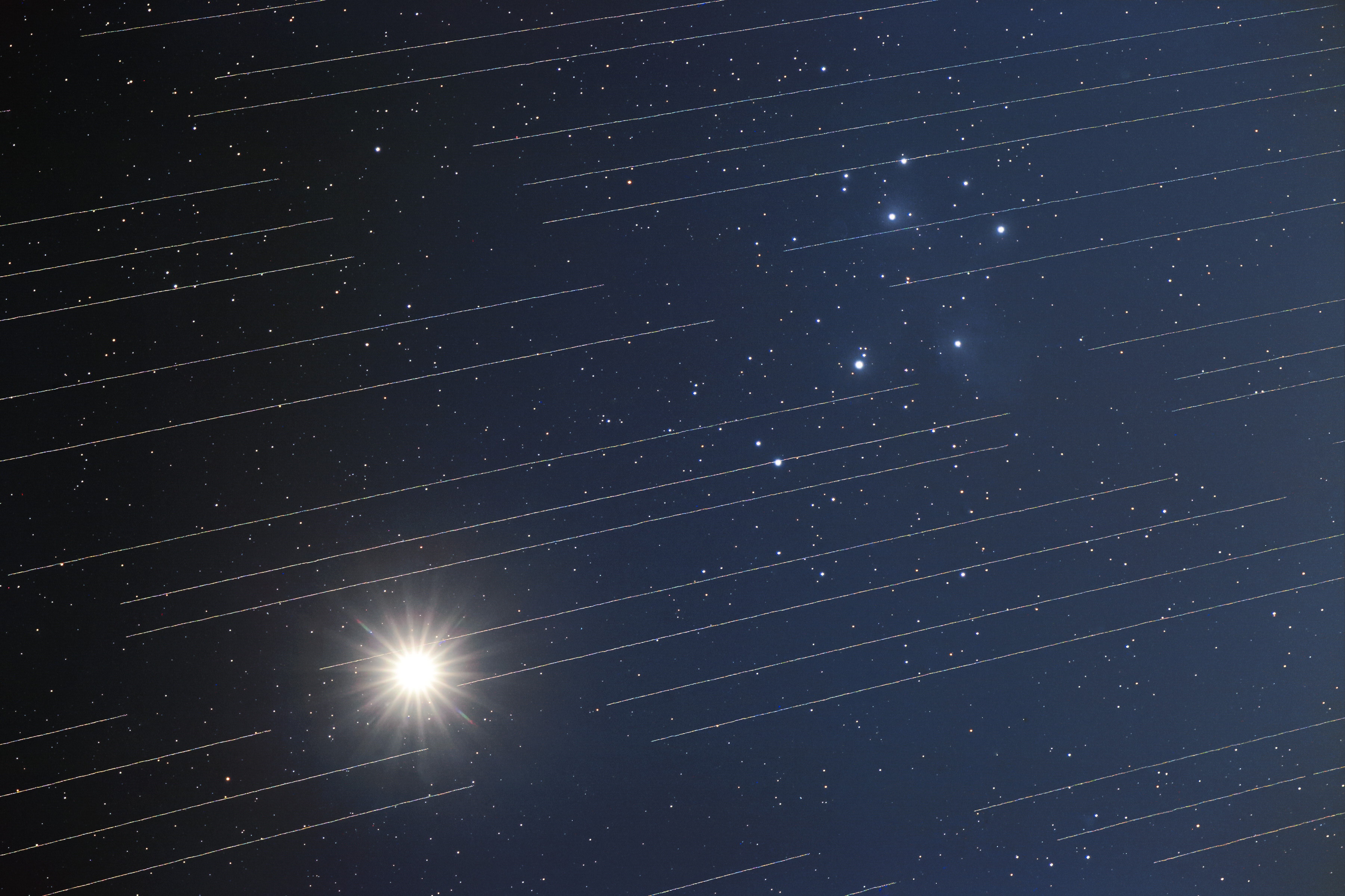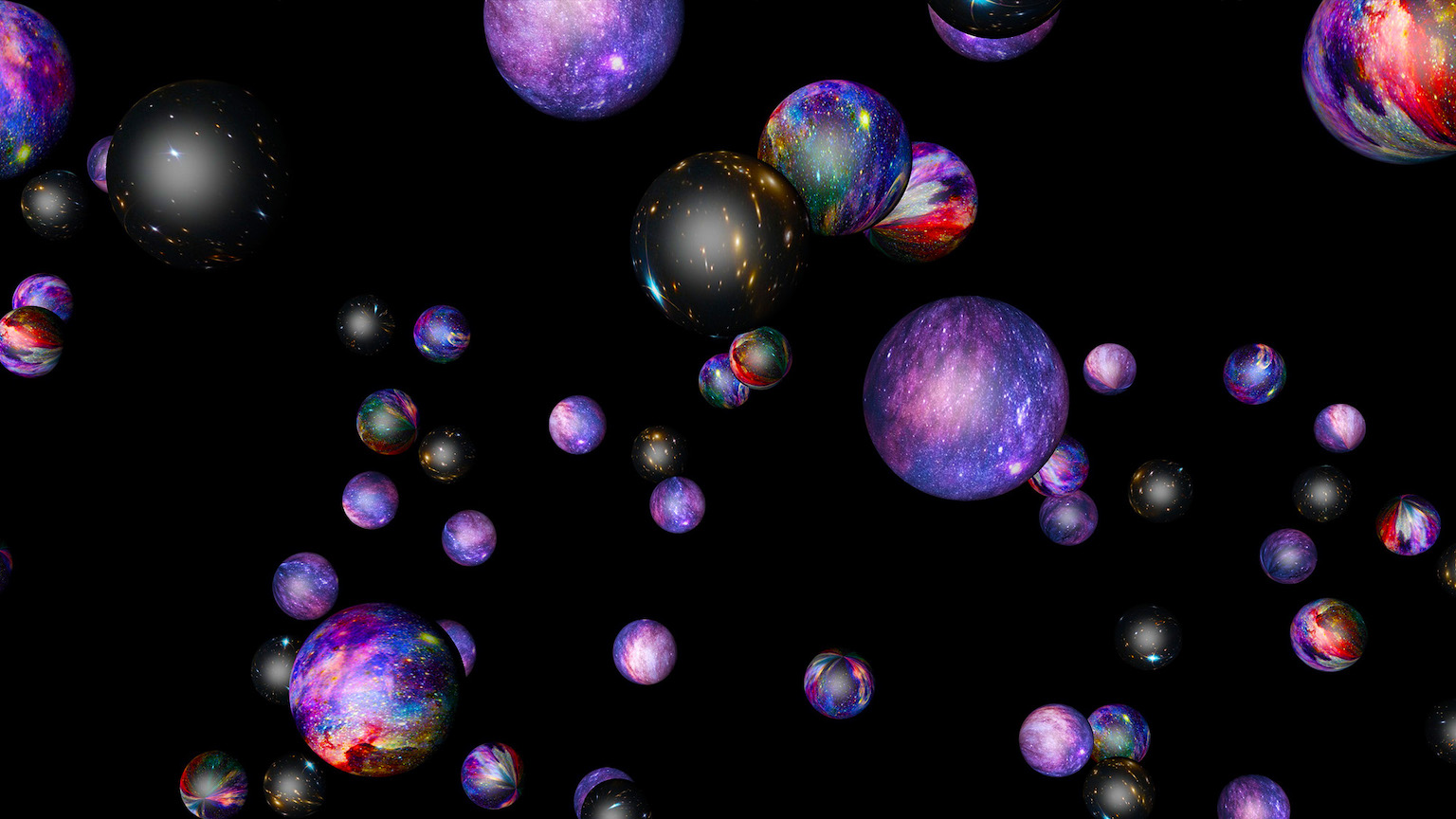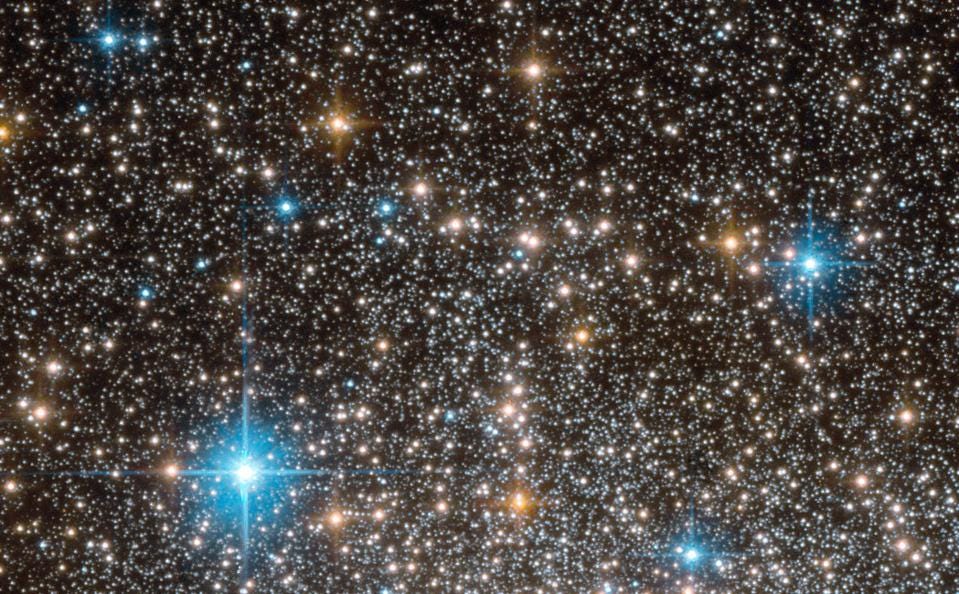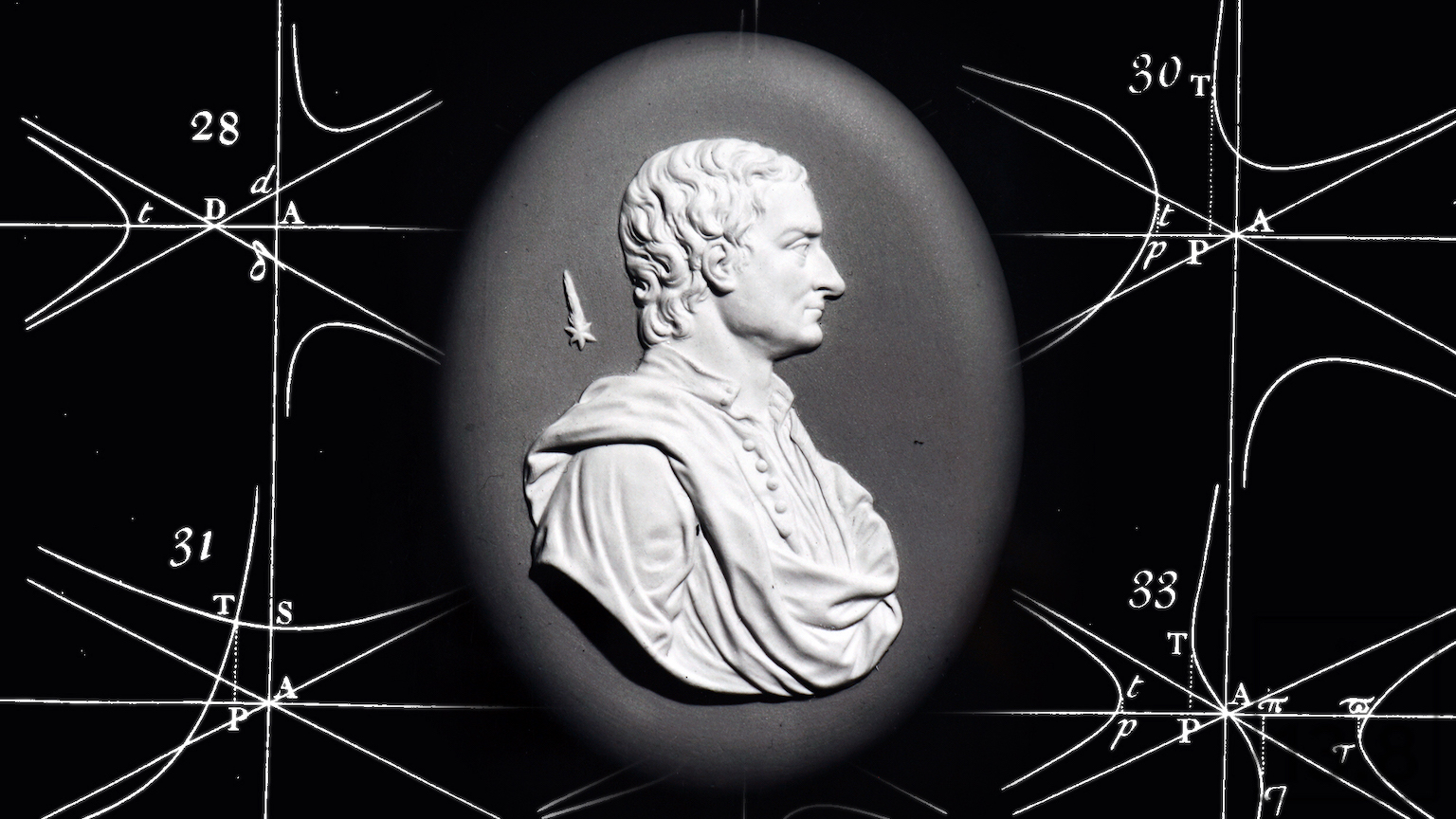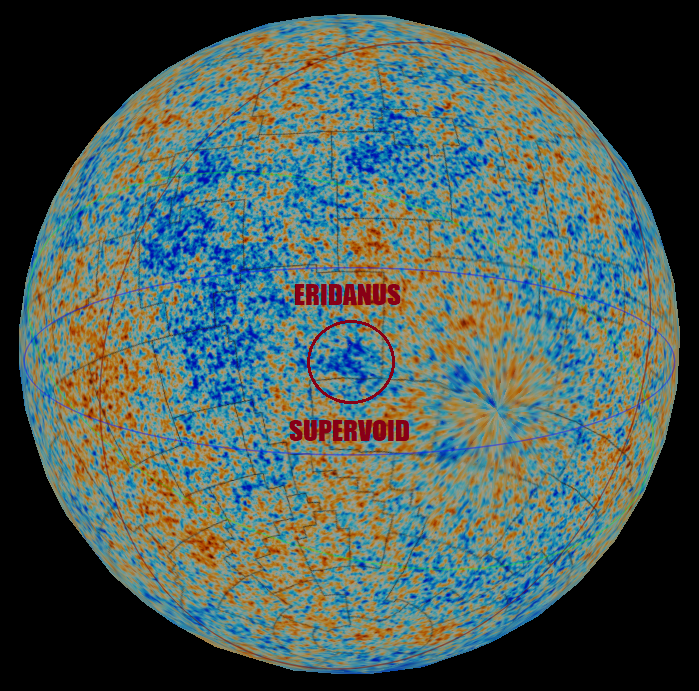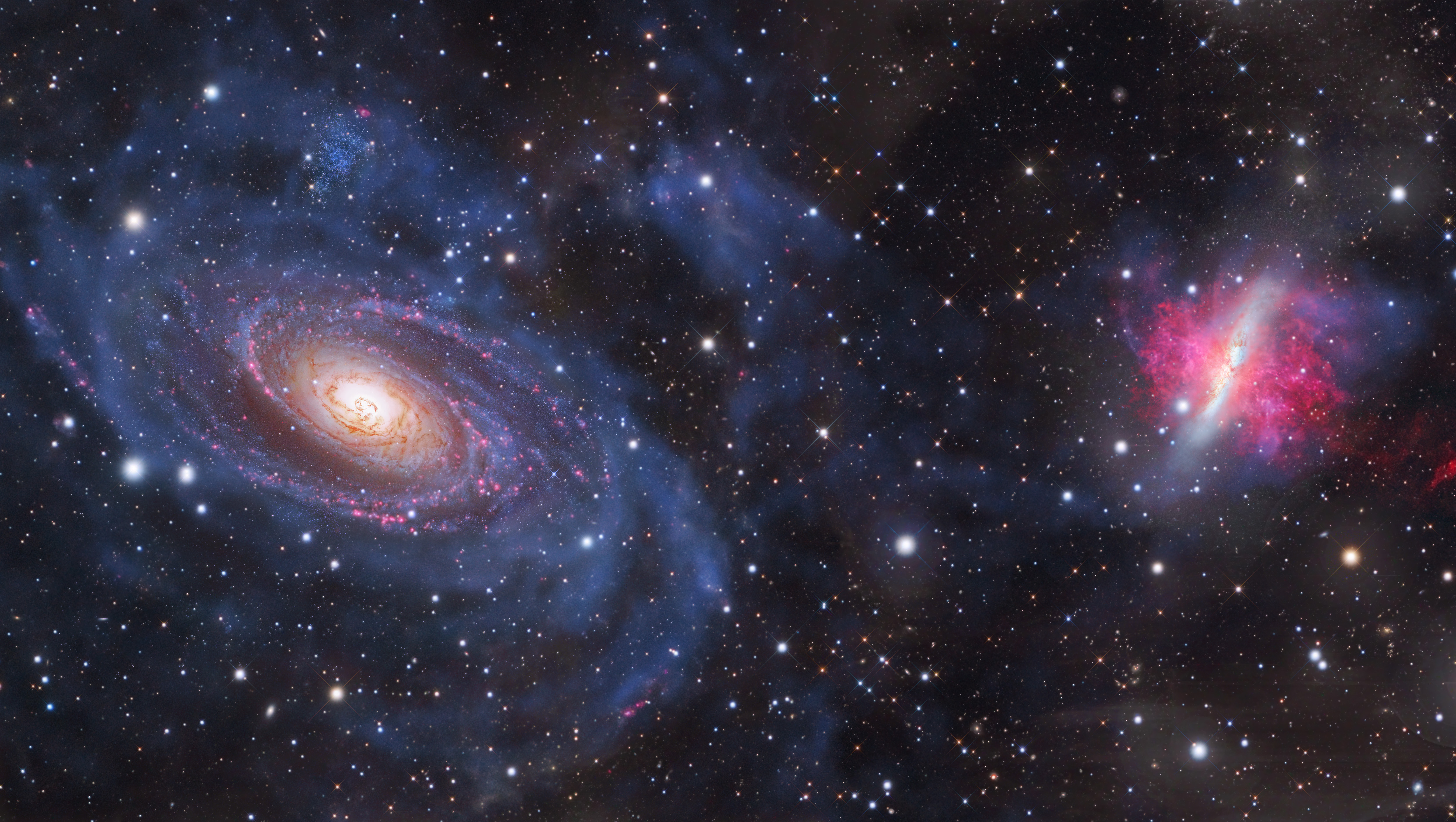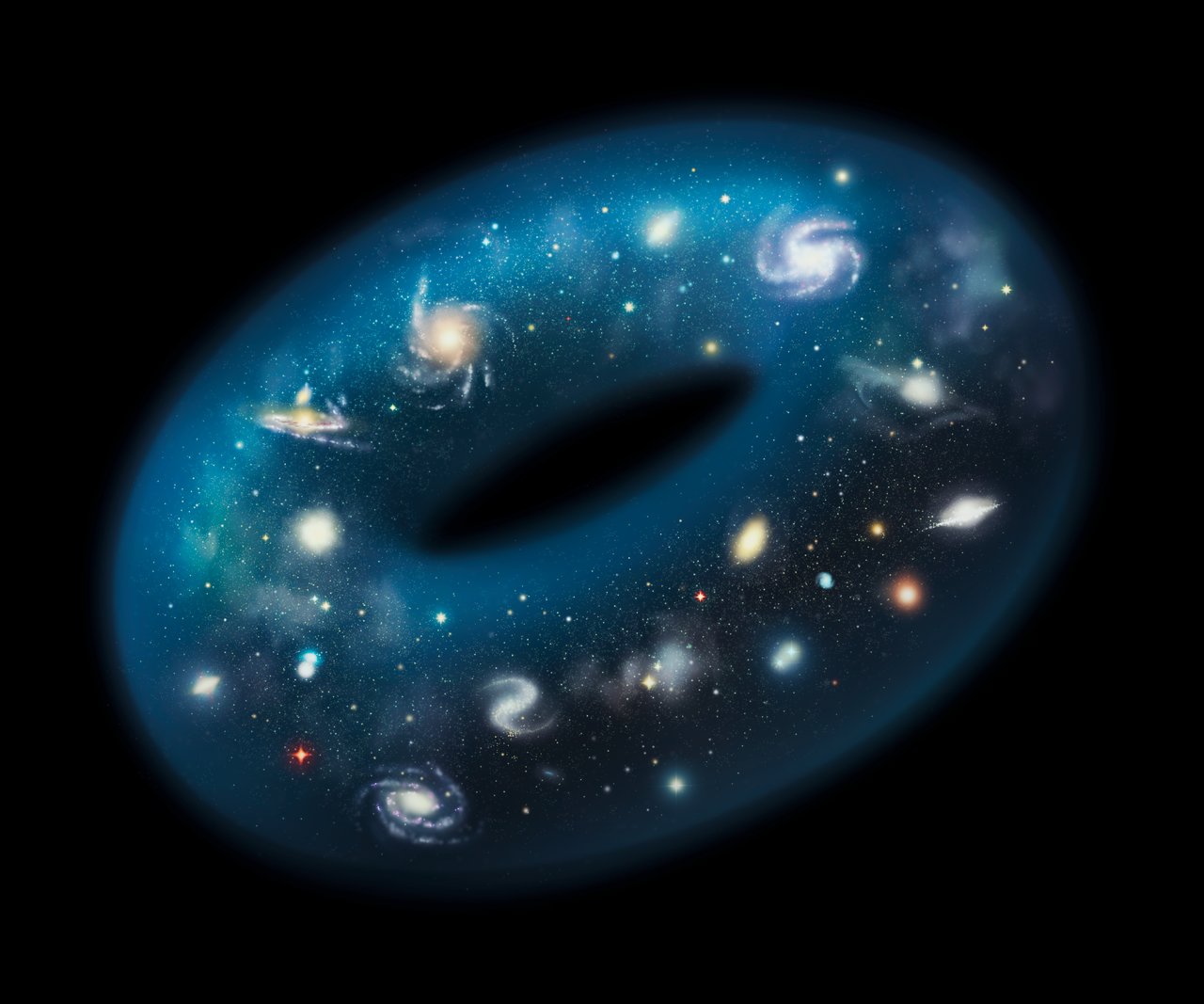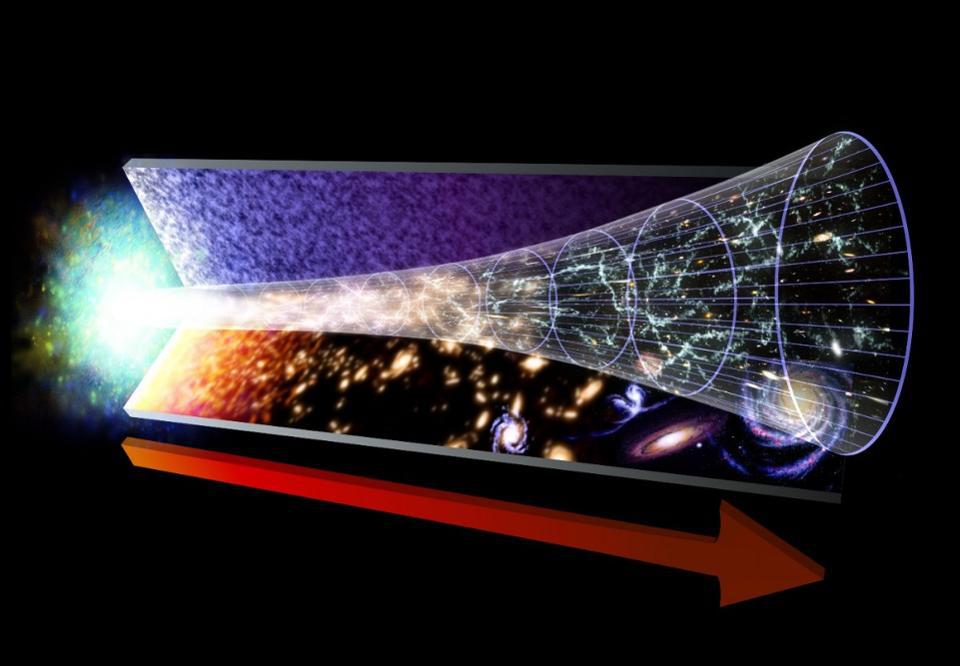Space & Astrophysics
Life is possible because of asymmetries, such as an imbalance between matter and antimatter and the “handedness” (chirality) of molecules.
Out of all the galaxies we know, only a few little ones are missing dark matter. At last, we finally understand why.
The odds are slim, but the consequences would be devastating. Here’s what would happen, plus how to avoid it.
Move over, IC 1101. You may be impressively large, but you never stood a chance against the largest known galaxy: Alcyoneus.
The Kardashev scale ranks civilizations from Type 1 to Type 3 based on energy harvesting.
Once science operations begin for James Webb, we’ll never look at the Universe the same way again. Here’s what everyone should know.
Nearly 200 orbital launches are scheduled for 2022.
A study proposes that an ancient trading network, called the Hopewell tradition, may have been wiped out by what is known as a cosmic airburst.
With 1550 distinct type Ia supernovae measured across ~10 billion years of cosmic time, the Pantheon+ data set reveals our Universe.
Until recently, we were only able to view Venus’s surface with radar or by landing on the planet. It was believed that Venus’s surface was entirely obscured by clouds; NASA’s Parker Solar Probe proved otherwise.
The ten greatest ideas in science form the bedrock of modern biology, chemistry, and physics. Everyone should be familiar with them.
In general, 5G is not a threat to human health or activities, but there are some legitimate questions about interference with airplane instruments.
Yes, the Universe is expanding, but you might wonder, “How fast is it expanding?”
Please stop calling our Sun an “average star.” It is philosophically dubious and astronomically incorrect.
65 million years ago, an asteroid strike caused the 5th great mass extinction. Could we save Earth, today, from a similar event?
The Universe has asymmetries, but that’s a good thing. Imperfections are essential for the existence of stars and even life itself.
As viewed by the MeerKAT telescope, this radio view of the Milky Way blows away every other way we’ve ever seen our home galaxy.
There really might be extraterrestrials out there, attempting to make contact. Here’s how science, not fiction, is attempting to find them.
Einstein’s theories of relativity faced fierce opposition. One critic claimed he was attempting to subvert the scientific method.
With launch costs dropping and enormous numbers of new satellites filling the sky, can’t we just do it all from space?
In scientific theories, the Multiverse appears as a bug rather than as a feature. We should squash it.
There are ~400 billion stars in the Milky Way, and ~2 trillion galaxies in the visible Universe. But what if we aren’t typical?
From physics and alchemy to theology and eschatology, Isaac Newton’s research was rooted in a personal pursuit of the Divine.
The Universe is supposed to be the same everywhere and in all directions. So what’s that giant “cold spot” doing out there?
Just 12 million light-years away, the galaxies Messier 81 and 82 offer a nearby preview of the Milky Way-Andromeda merger.
Is the Universe finite or infinite? Does it go on forever or loop back on itself? Here’s what would happen if you traveled forever.
Besides offering an incredibly cool way to get stuff into space, SpinLaunch promises to reduce the cost of a launch by 20-fold.
The inside of every black hole leads to the birth of a new Universe. Could our Universe have arisen from one?
From succubi to aliens, stories of abductions or other unsettling encounters have been with us for millennia. What explains them?
There are an estimated two trillion galaxies within the observable Universe. Most are already unreachable, and the situation only gets worse.






